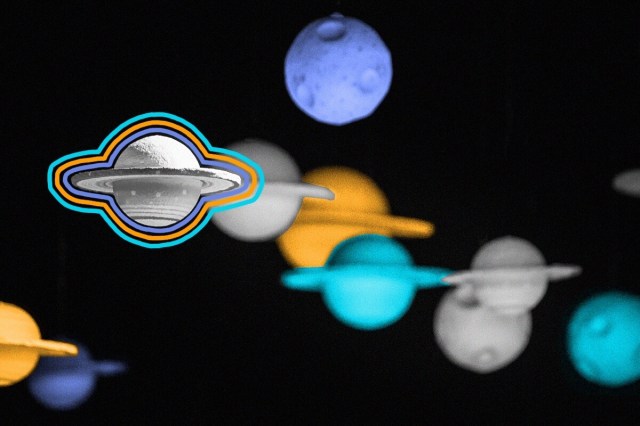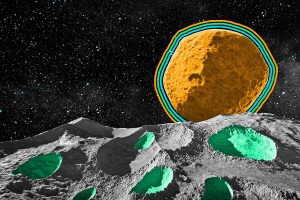
Numbers Don't Lie

Coffee beans are actually the ______ of the coffee plant's berries.

Ready to reveal?
Confirm your email to play the next question?

Coffee beans are actually the seeds of the coffee plant's berries.

NASA didn’t really spend millions of dollars developing a pen that could write in space.
The second half of this oft-cited myth contrasts NASA’s supposed approach with that of the Soviet Union, who are said to have simply given their cosmonauts pencils. American astronauts did likewise, though NASA wasn’t always thrilled about it — pencils are flammable, and their tips breaking off could lead to damage on sensitive equipment. The so-called space pens actually came from the Fisher Pen Company, which offered its AG-7 “Anti-Gravity” pen to NASA in 1965. None of the investment money came from the government, however, and astronauts and cosmonauts alike ended up using the writing tools at a cost of $2.39 per pen.

















